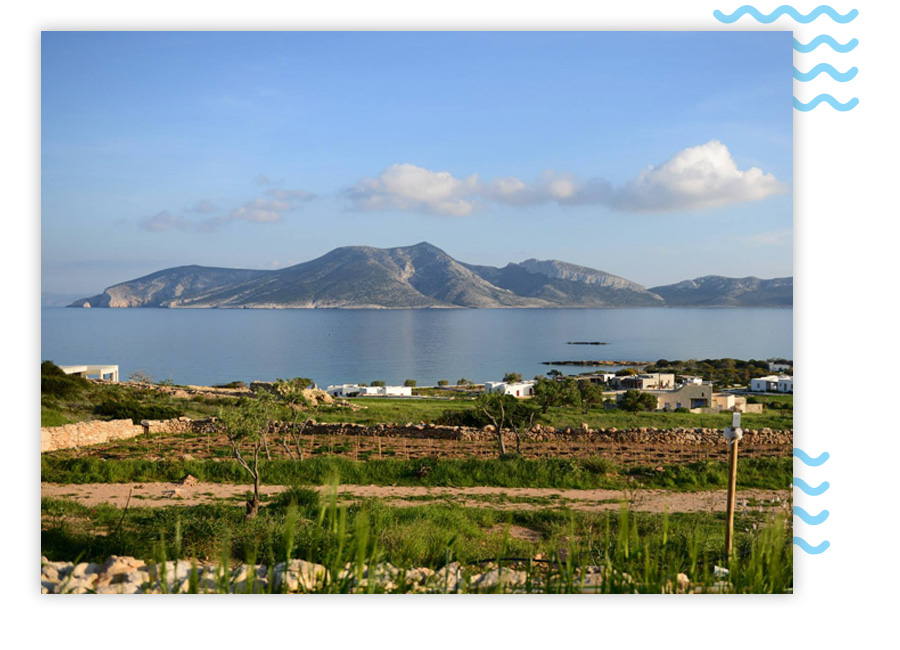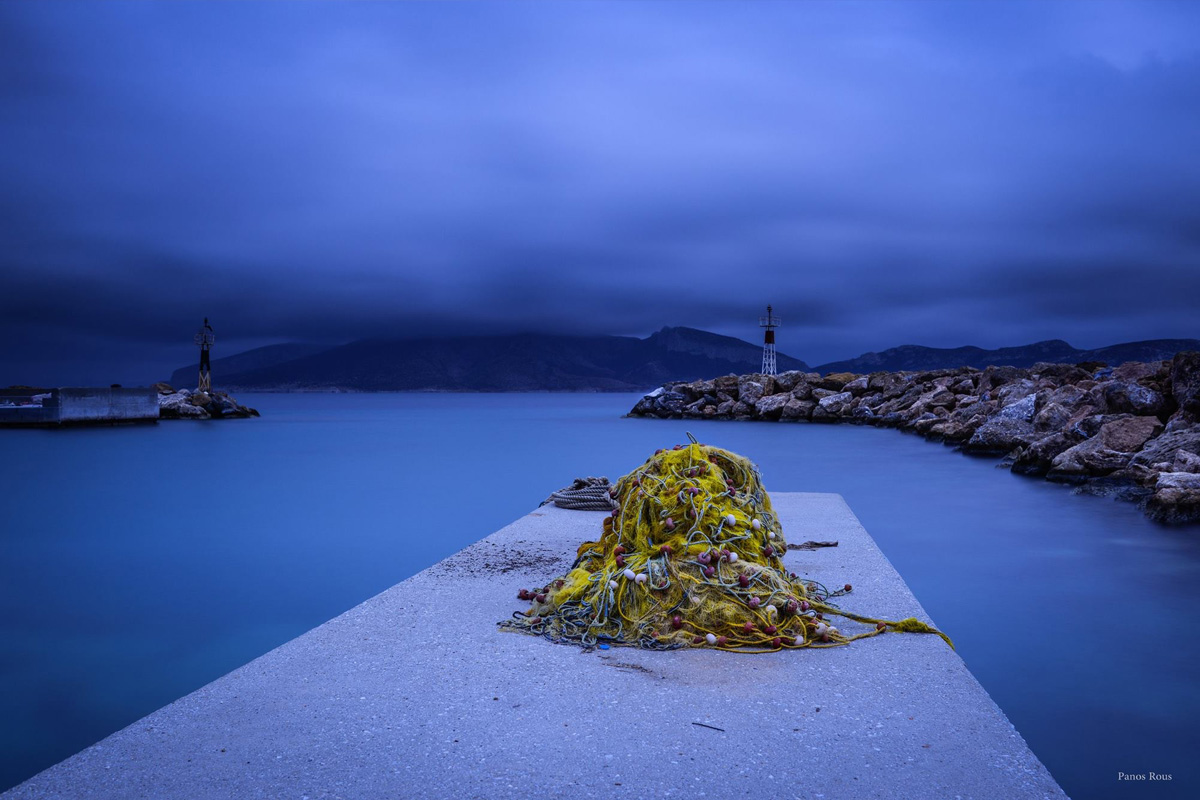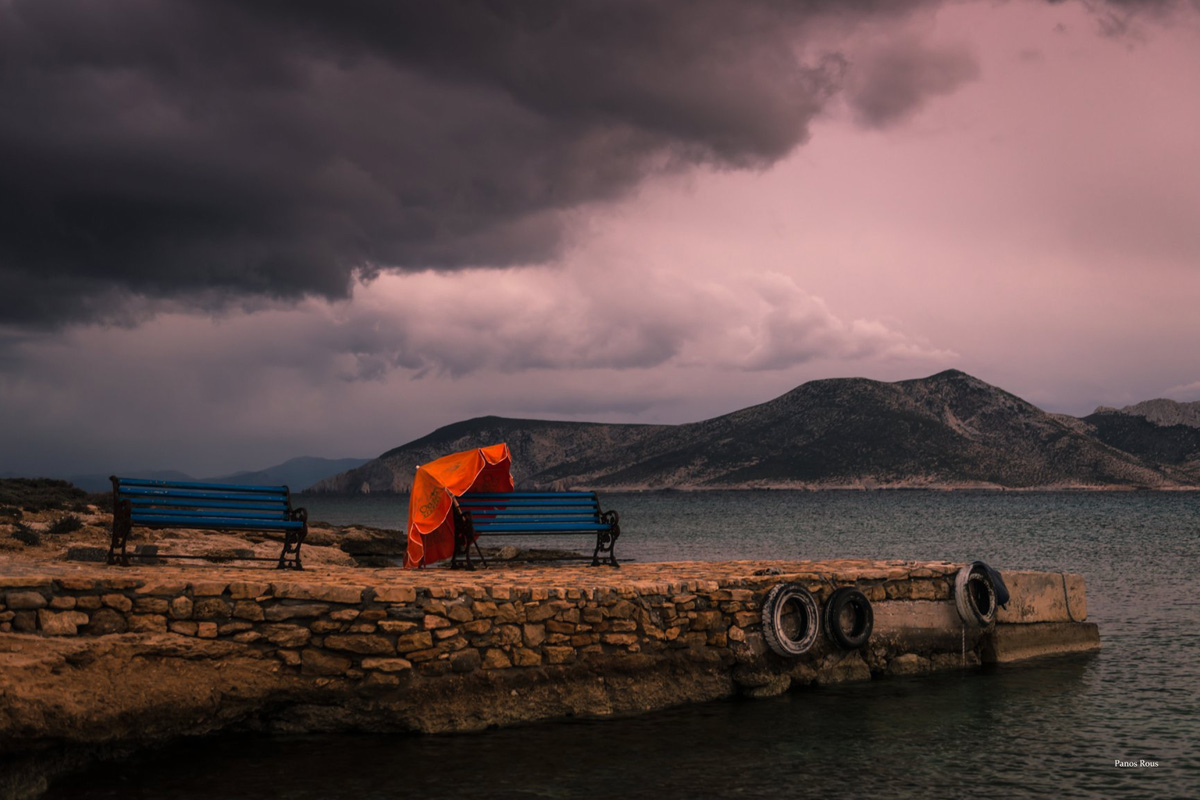
One of the most important centers of the Cycladic civilization.
According to the locals, the energy that this island emits creates this pleasant atmosphere and serenity that are characteristic of Koufonisia.

The history of Keros.
The history of Keros is quite the opposite of today’s abandoned and deserted image.
During the Early Cycladic period (3rd millennium BC) Keros developed into one of the most important centers of the Cycladic civilization. Together with the settlement and the cemetery of Chalandriani of Syros, it determined the evolution of the more mature phase of the Cycladic civilization, that of the Early Cycladic II (PK II), which dates between 2800-2300 BC and is known internationally as the “Keros-Syros phase”.
The famous figurines (“Arpistis”, “Avlitis”, “Propinon”) and the variety of marble and clay utensils and artifacts found in different areas of the island (Kavos, Daskalio, Konakia) are proof the significance and decisive position of Keros in the prevalence and effect of the characteristics of the Cycladic civilization.

During the Middle Ages
We do not know much about the following periods, except that the island joined the Athenian Alliance, after the Persian wars , like most islands in the Cyclades,under the name of Keria. During the Middle Ages, Keros, like the whole cluster of the Little Eastern Cyclades, was a base and a refuge for pirates,meaning that the economy and life of its inhabitants were determined by the activity of piracy.

Today
Today, the only signs of life on the island are some types of accommodation in the area ``Konakia`` in the middle of the north coast, for farmers who visit the island seasonally, as well as small chapels (Konakia, Panagitsa). There is a very rough road network of barely passable and narrow dirt roads that crosses the center of the island and is used only by farmers. An extensive fortified settlement of the same period has also been located in Daskalio.

The Treasure of Keros
Due to its cultural richness, Keros has been repeatedly looted in the past by antiquity traffickers. Finally,this is where the so-called ``Treasure of Keros``comes from.It used to be part of the Erlenmager collection, while today, most of it is exhibited in the Museum of Cycladic Art.

Excavations
Organised official excavations were carried out by the Archaeological Service in 1963 and 1967. Finds from Keros are exhibited in the Museum of Naxos. Over the first 10 years starting in 2000, a number of archaeological finds came to light after excavations carried out by the team of archaeologist Professor Colin Renfrew.
Archaeological exhibitions with artifacts found in Keros are hosted in the museum room situated on the main beach of our island.

Full moon nights
A unique experience for every visitor in Koufonisi are the full moon nights when the view of Keros resembles the outline of a lying couple.The pregnant woman is lying with her figure perfectly outlined clear, head to head with the man, whose bust is clearly visible.

Keros today
Keros is uninhabited today and not accessible for vacationers, due to the archaeological excavations that are carried out there from time to time. According to the locals, the energy that this island emits creates this pleasant atmosphere and serenity characteristic of Koufonisia.









